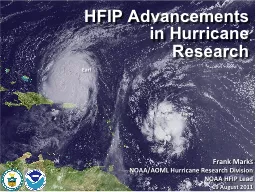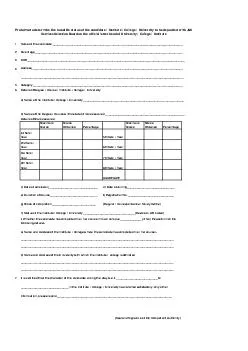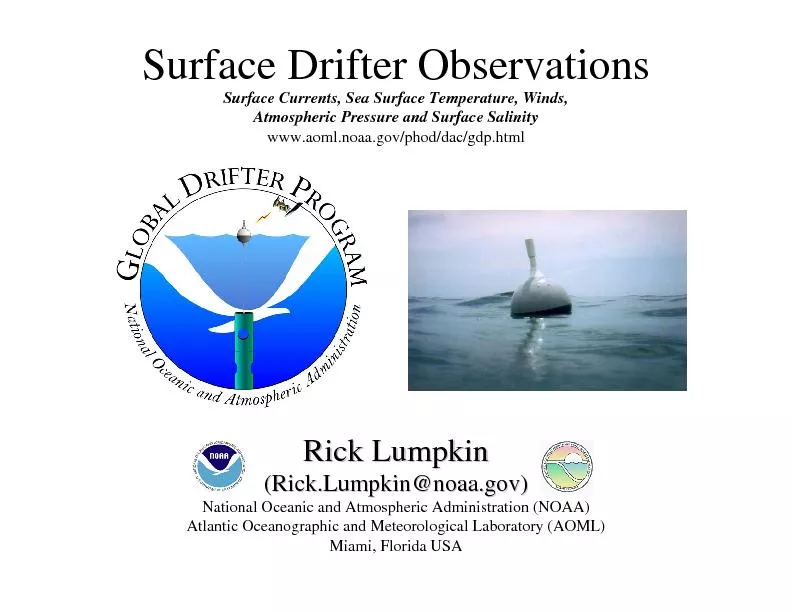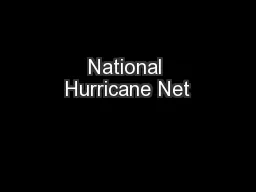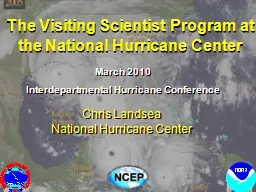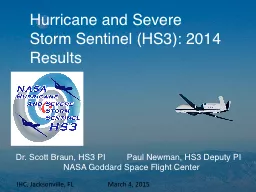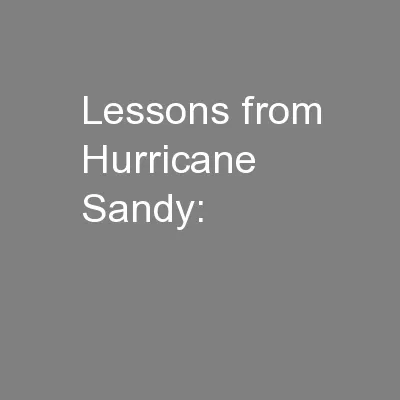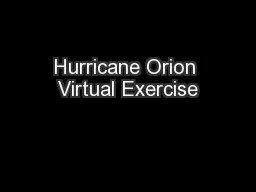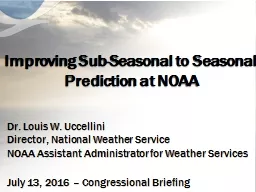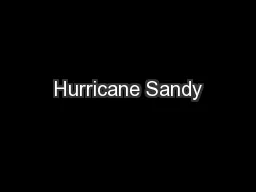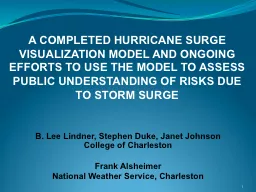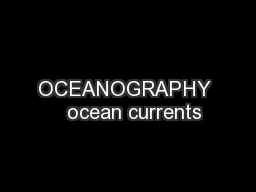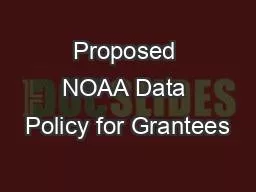PPT-Frank Marks NOAA/AOML Hurricane Research Division
Author : backbays | Published Date : 2020-10-22
NOAA HFIP Lead 19 August 2011 HFIP Advancements in Hurricane Research The Good Track forecast improvements Errors cut in half over past 15 years 10year improvement
Presentation Embed Code
Download Presentation
Download Presentation The PPT/PDF document "Frank Marks NOAA/AOML Hurricane Resear..." is the property of its rightful owner. Permission is granted to download and print the materials on this website for personal, non-commercial use only, and to display it on your personal computer provided you do not modify the materials and that you retain all copyright notices contained in the materials. By downloading content from our website, you accept the terms of this agreement.
Frank Marks NOAA/AOML Hurricane Research Division: Transcript
Download Rules Of Document
"Frank Marks NOAA/AOML Hurricane Research Division"The content belongs to its owner. You may download and print it for personal use, without modification, and keep all copyright notices. By downloading, you agree to these terms.
Related Documents

